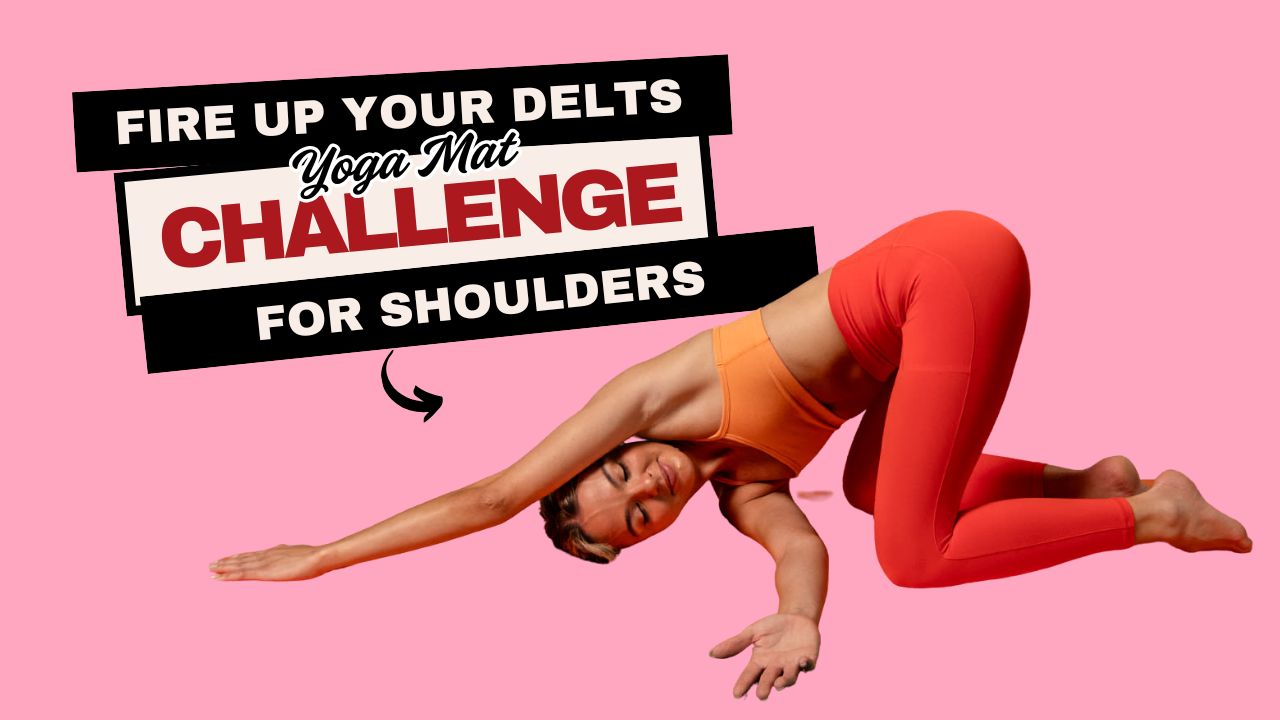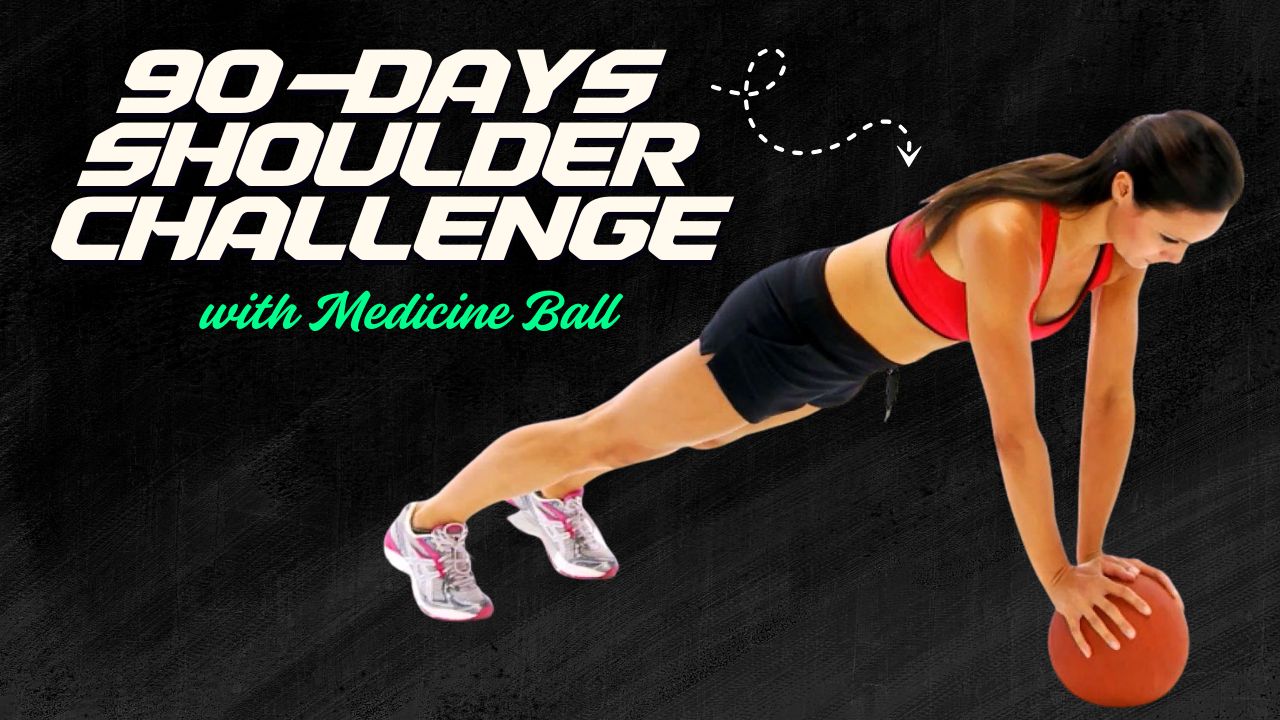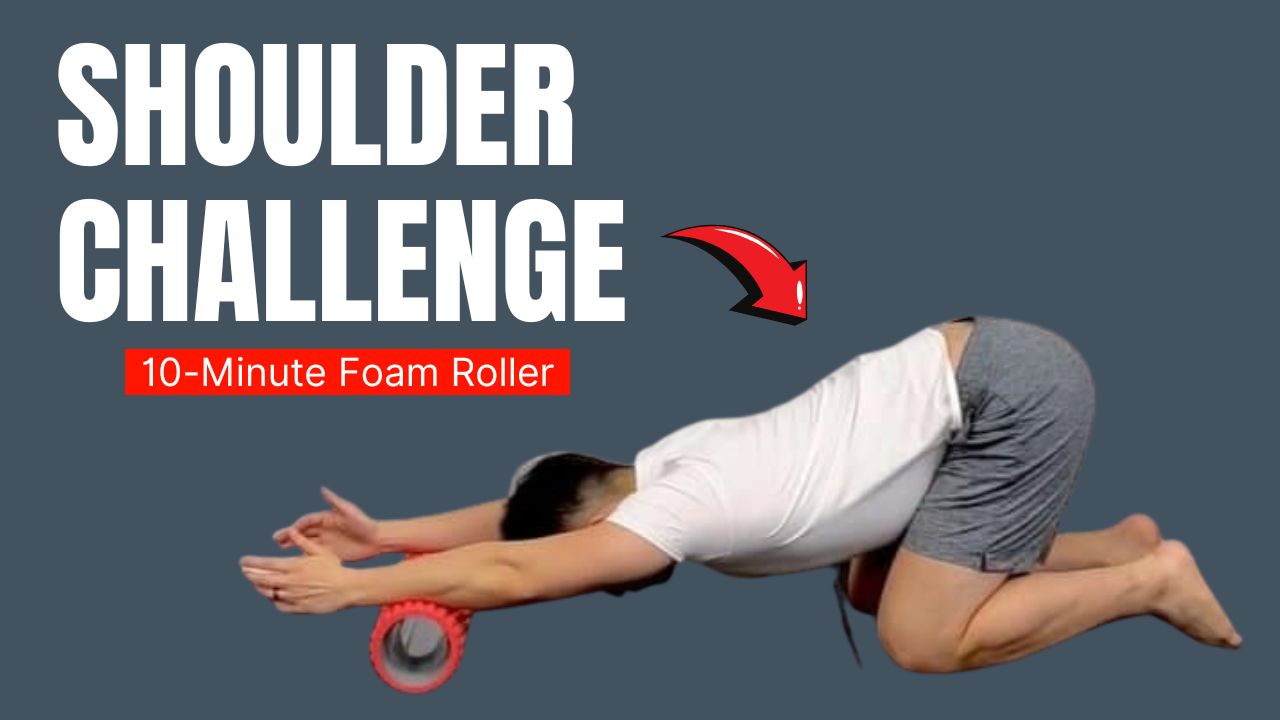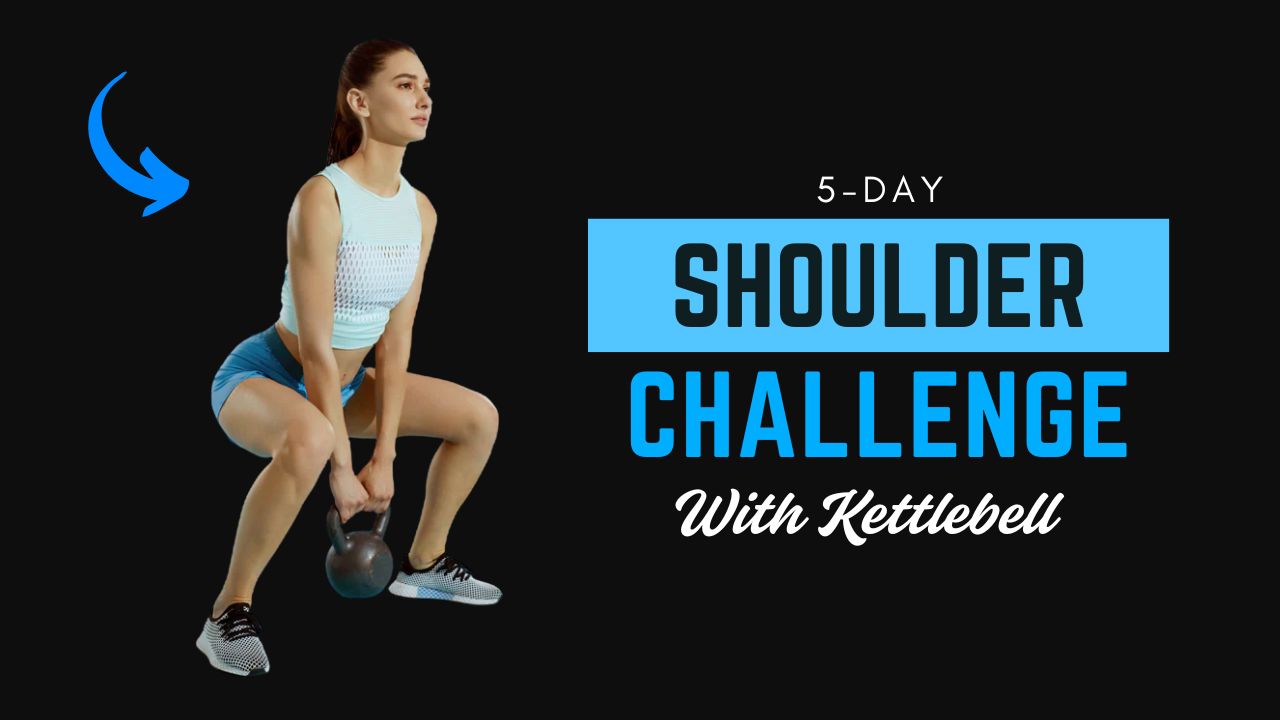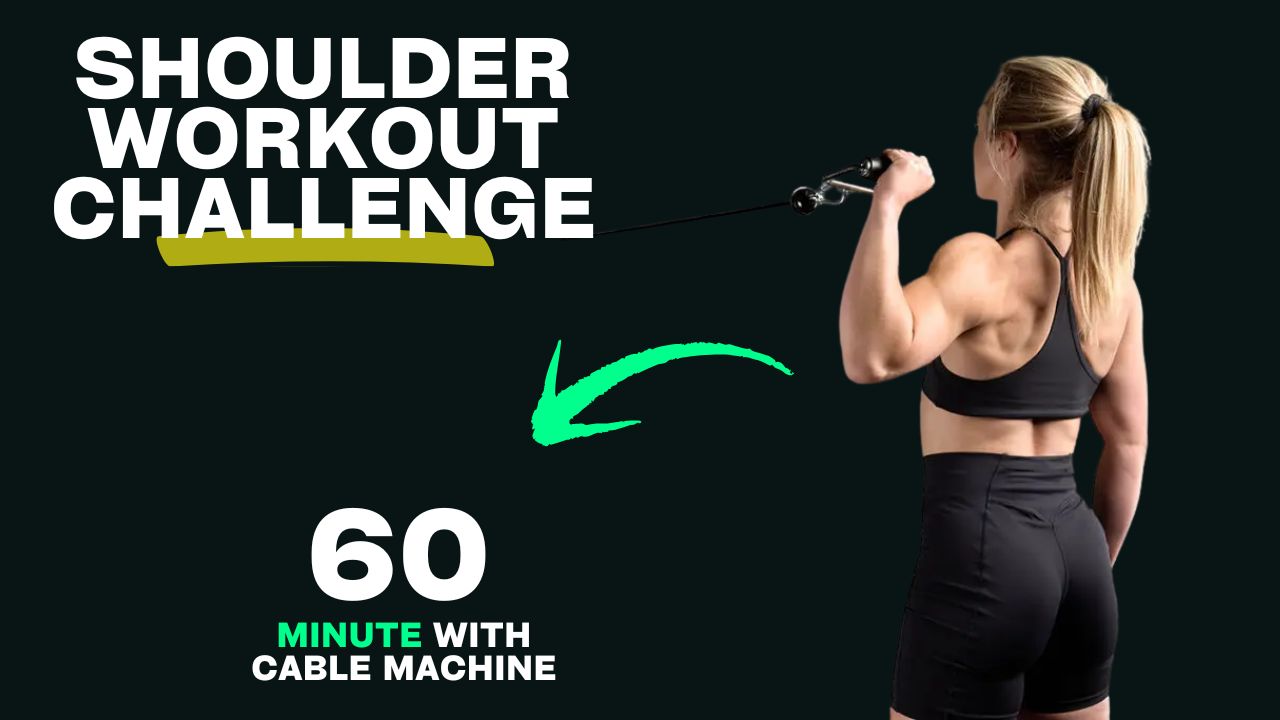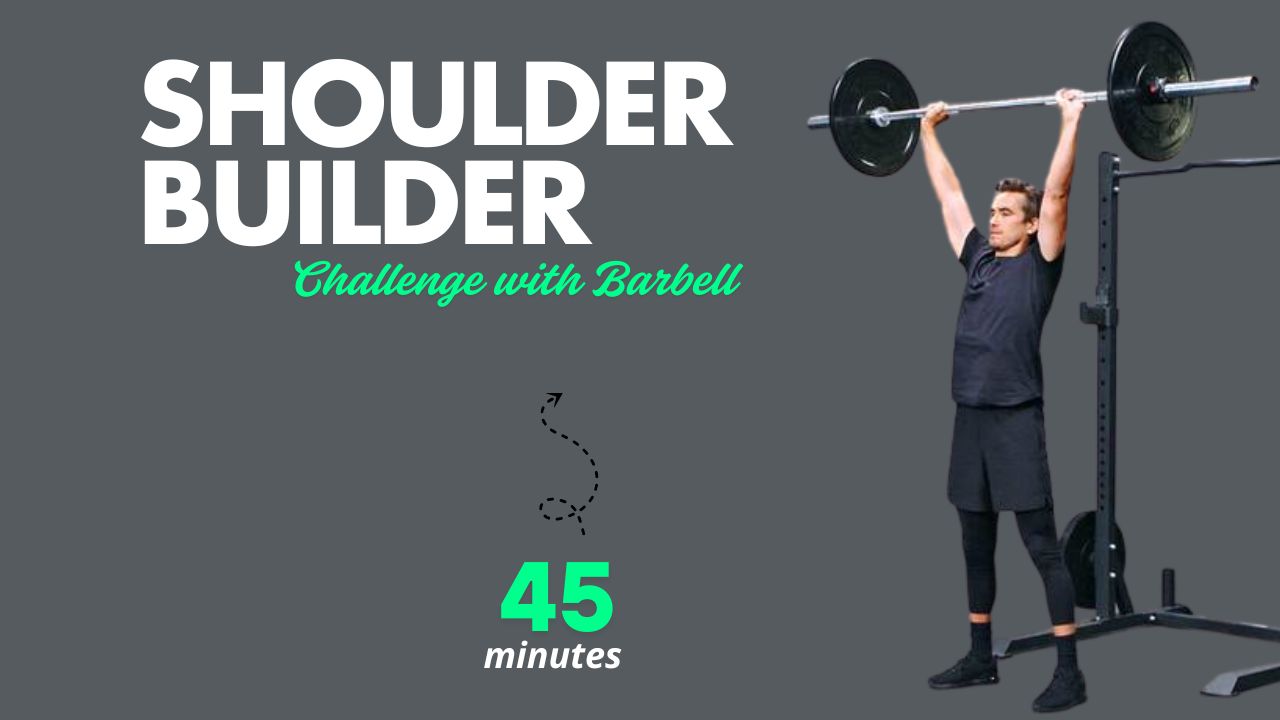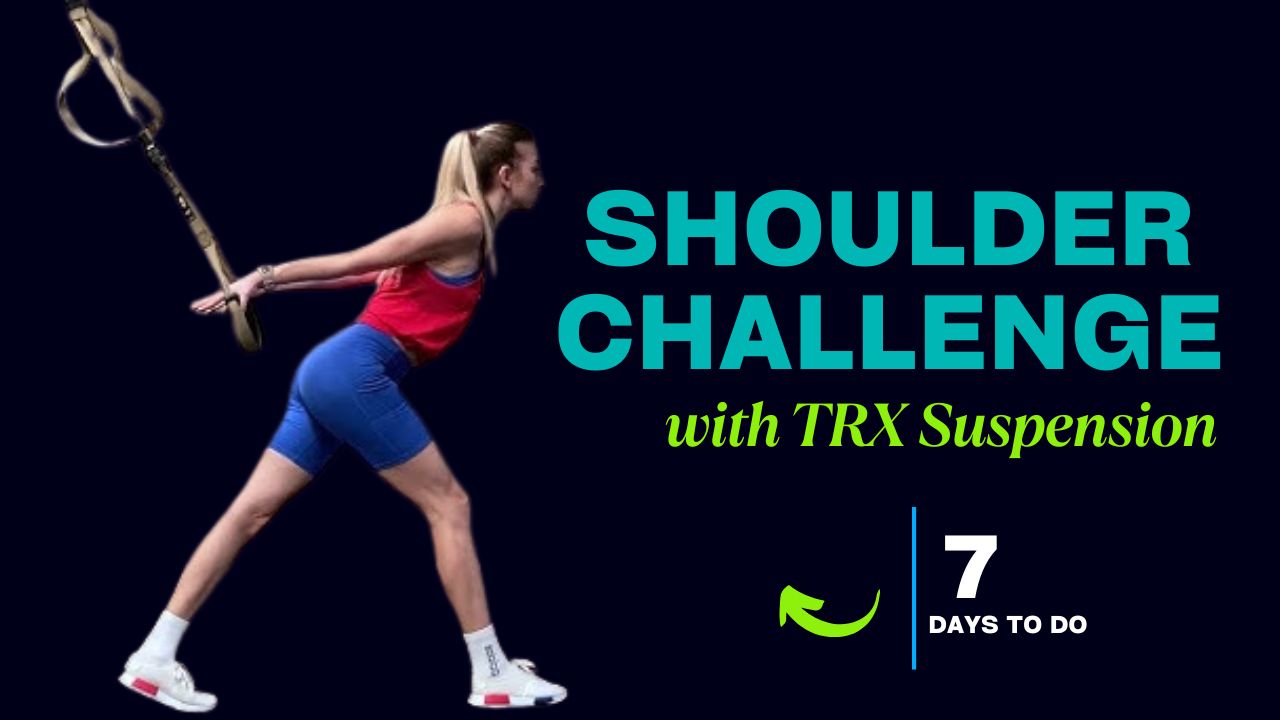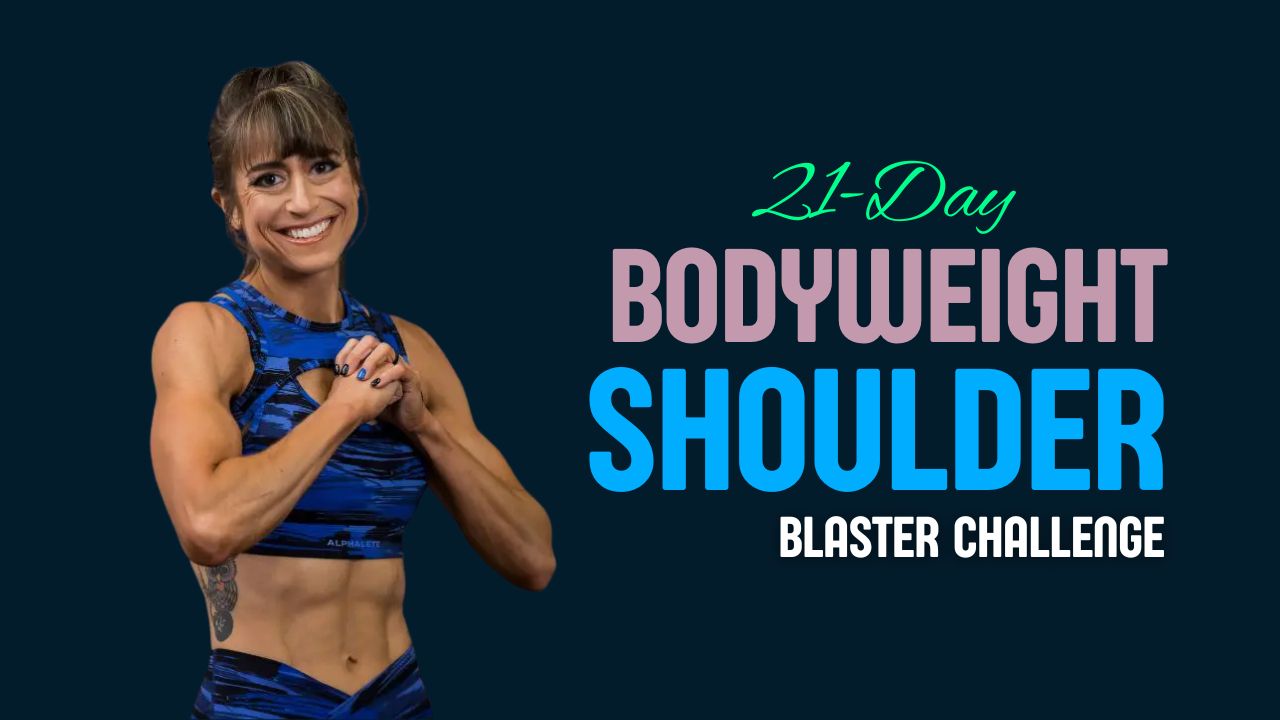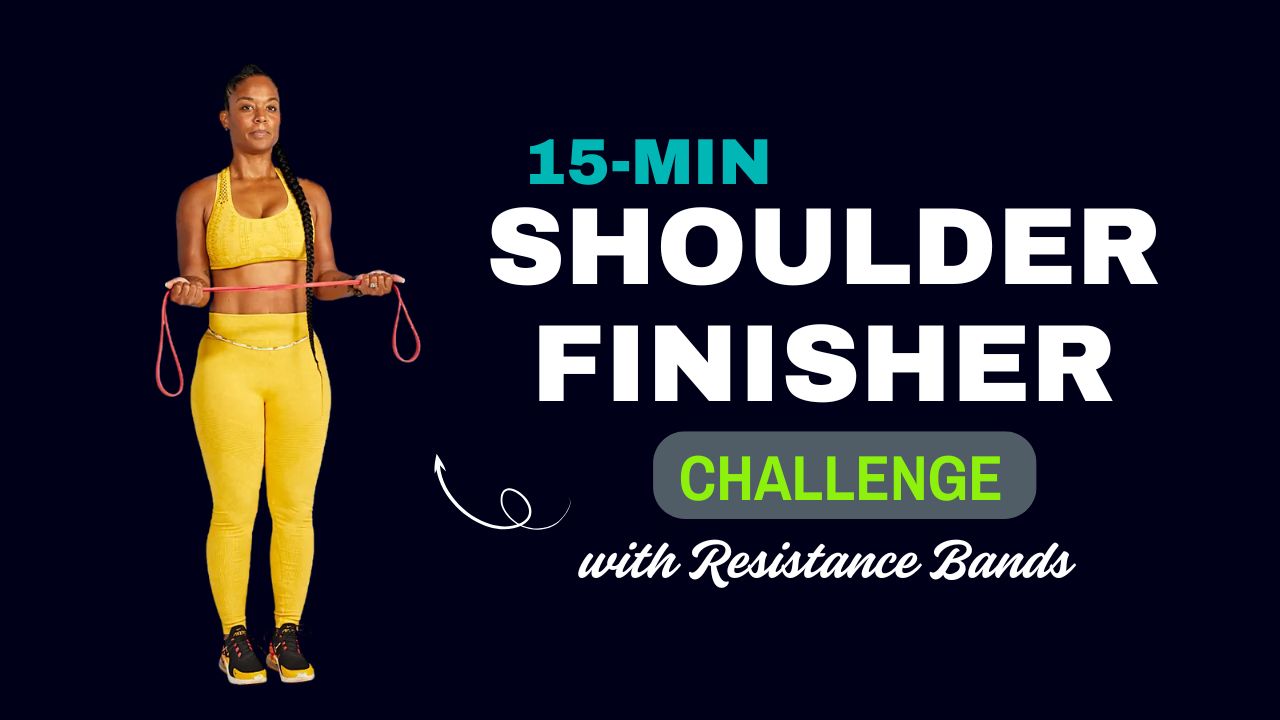Hooked on curls? You’re not alone. The biceps are the ultimate show muscle — and when trained with barbell precision, they can be sculpted for jaw-dropping size, incredible strength, and that mountain-peak peak we all admire.
But here’s the twist: Most lifters only scratch the surface of what a barbell can do for biceps. If you’re stuck doing just the classic barbell curl, you’re missing out on the full hypertrophy potential this piece of iron brings. Ready to blast through plateaus and build serious arm mass?
Let’s dive into 13 powerful barbell bicep workouts that don’t just pump — they build.
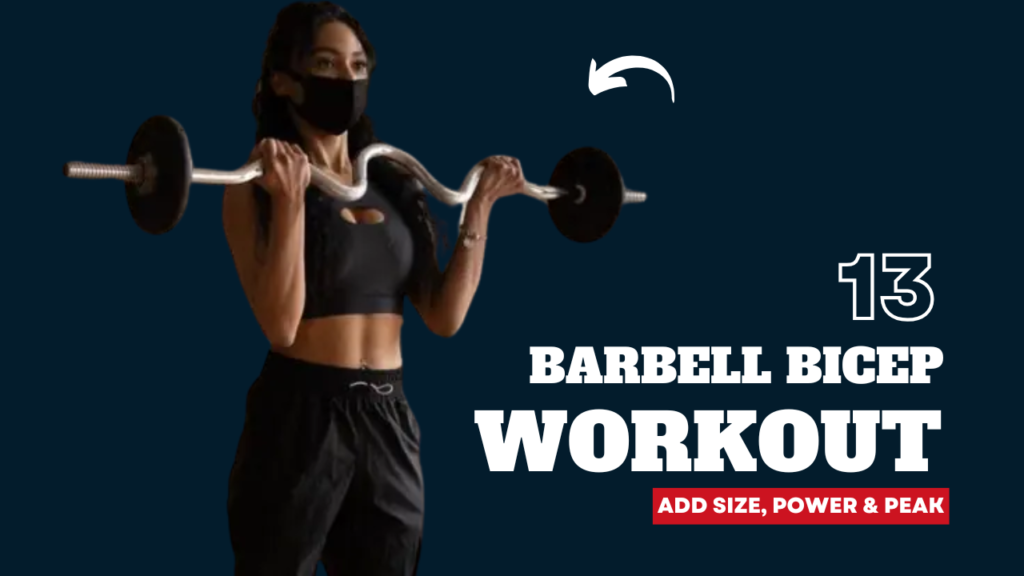
Table of Contents
What Can Happen After 30 Days of Barbell Bicep Workouts
| Result | Description |
|---|---|
| Visible Muscle Definition | Your biceps may appear more toned and shaped, especially around the peak area. |
| Increased Strength | You’ll notice better lifting capacity in curls and other pulling exercises. |
| Improved Arm Size | Slight growth in bicep thickness and width, especially with proper nutrition. |
| Better Muscle-Mind Connection | Enhanced control and squeeze during each curl for effective workouts. |
| Stronger Grip & Forearms | Barbell work indirectly improves your grip and forearm strength. |
| More Vascularity (Vein Appearance) | Reduction in fat + muscle pump can result in more prominent veins. |
| Boosted Confidence | Seeing physical changes and feeling stronger increases your self-confidence. |
| Faster Recovery & Endurance | Regular training improves muscle recovery time and stamina during arm workouts. |
| Improved Posture | Stronger arms and core support better upper body posture. |
| Workout Discipline | Committing to 30 days builds habit, discipline, and consistency in training. |
Also Read: 13 Dumbbell Chest Workouts That Build Size & Definition Fast
Do’s and Don’ts of Barbell Bicep Workouts
| Do’s | Don’ts |
|---|---|
| Warm up your arms and elbows before heavy lifting | Don’t swing the bar or use momentum to lift the weight |
| Keep your elbows tucked in to isolate the biceps | Don’t flare your elbows out during curls |
| Focus on slow, controlled reps for maximum contraction | Don’t rush through reps just to lift heavier |
| Use variations (close, wide, reverse grip, etc.) regularly | Don’t stick to only one type of barbell curl |
| Maintain a straight posture with a tight core | Don’t lean back or arch your spine excessively |
| Rest 48 hours between bicep-focused sessions | Don’t train biceps daily — they need recovery |
| Use full range of motion (stretch to squeeze) | Don’t cut the movement short or do half reps |
| Start with moderate weights and progress gradually | Don’t ego lift or compromise form for heavy weights |
| Combine with pulling exercises for balanced arms | Don’t neglect forearm and tricep work |
| Track your progress and vary your sets/reps over time | Don’t repeat the same exact workout every week |
Do You Know?
The biceps brachii has two heads — the short head (inner bicep) and the long head (outer bicep). Most basic curls don’t target them evenly. But with strategic barbell variations, you can shift focus, build height (peak), thickness, and raw pulling power.
1. Classic Barbell Curl
Target: Both heads of the biceps
How to Do It:
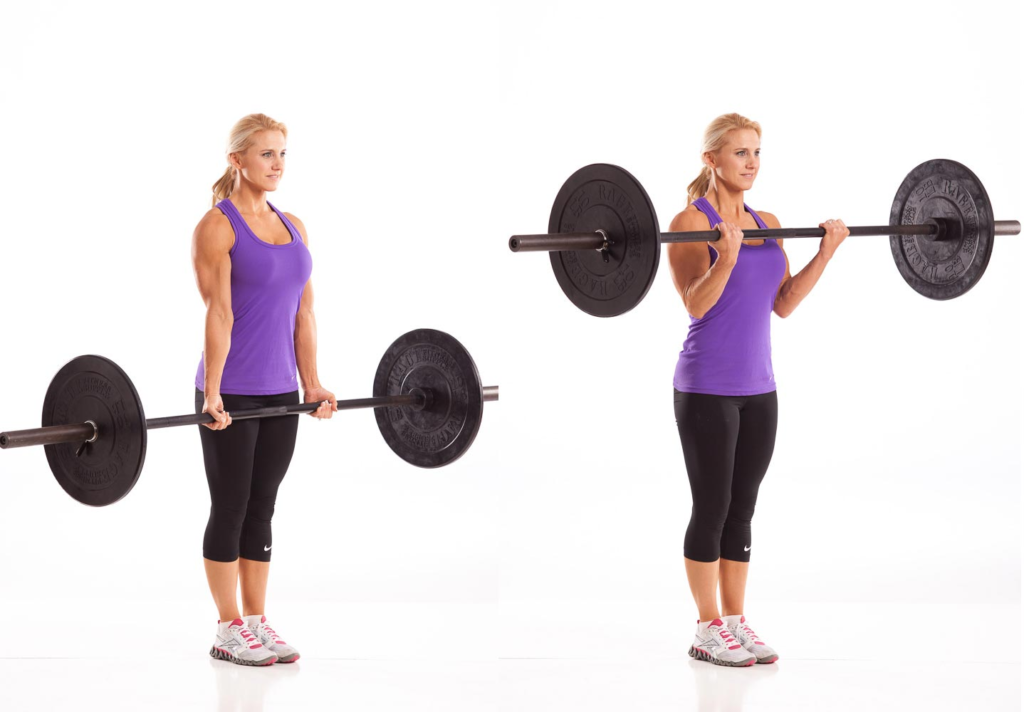
- Stand tall with a barbell at shoulder-width grip.
- Curl the bar toward your shoulders, keeping your elbows tucked.
- Lower under control.
Pro Tip: Keep your wrists neutral and avoid swinging. This is your foundation builder.
Also Read: 15 Bodyweight Calf Exercises to Sculpt Stronger, Leaner Legs
2. Wide-Grip Barbell Curl
Target: Short head of the biceps
How to Do It:

- Grip the bar wider than shoulder-width.
- Curl while focusing on squeezing the inner bicep.
Why It Works: The wide grip shifts tension to the inner biceps, helping build arm thickness.
3. Close-Grip Barbell Curl
Target: Long head (outer biceps, peak)
How to Do It:
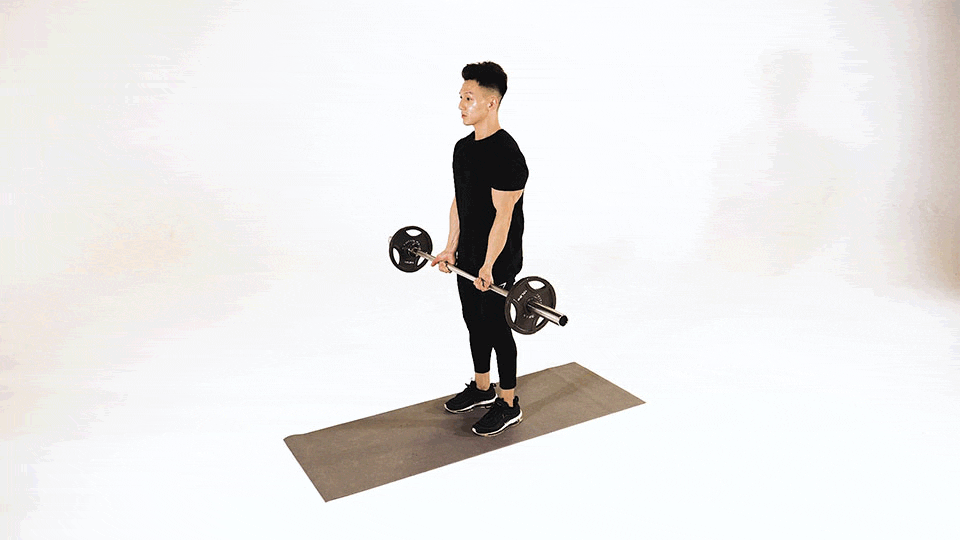
- Hands close together (6–8 inches apart).
- Curl up, keeping the bar close to the body.
Fact: The closer grip increases peak contraction, contributing to the bicep “mountain peak.”
4. Reverse-Grip Barbell Curl (Overhand)
Target: Biceps and brachialis
How to Do It:
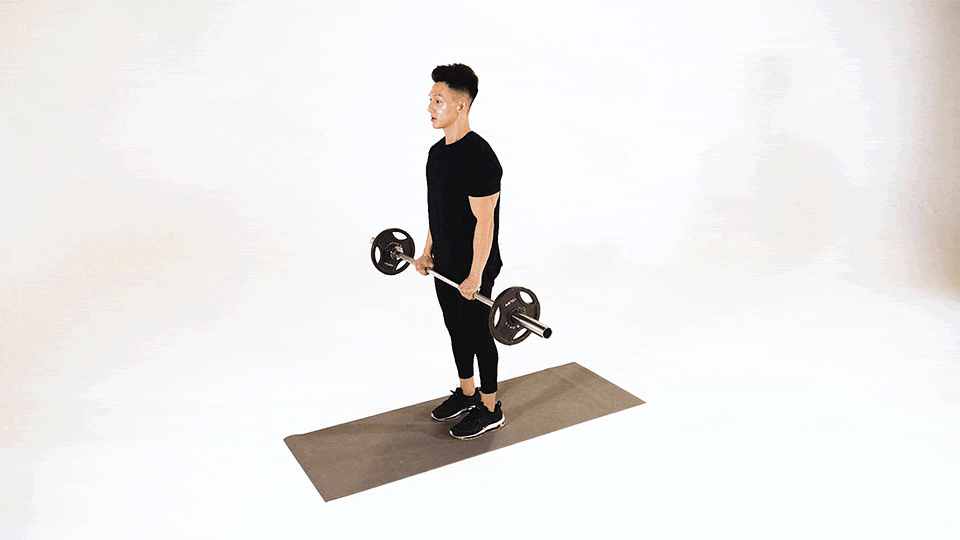
- Use an overhand grip (palms down).
- Curl while keeping elbows tight.
Benefit: Builds forearm strength and the brachialis, which lies beneath the biceps — helping push the bicep up for a fuller look.
Also Read: 13 Bodyweight Abductor Exercises for Stronger, Sculpted Hips
5. Drag Curl
Target: Peak of the biceps
How to Do It:
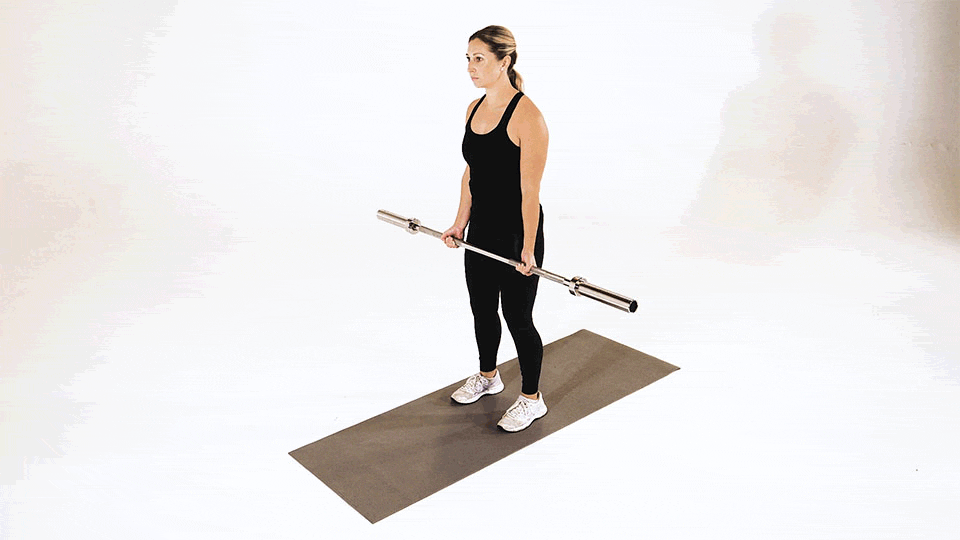
- Instead of curling in an arc, pull the barbell straight up your body, dragging your elbows back.
- Focus on strict form.
Unique Point: Minimal shoulder involvement means maximum bicep isolation.
6. Barbell Preacher Curl
Target: Lower biceps and strict isolation
How to Do It:

- Sit at a preacher’s bench.
- Rest arms on the pad, curl the barbell up, and squeeze.
Why It’s Effective: The preacher pad eliminates momentum — it’s pure bicep.
7. EZ-Bar Curl (with Barbell Grip)
Target: General biceps with wrist comfort
How to Do It:
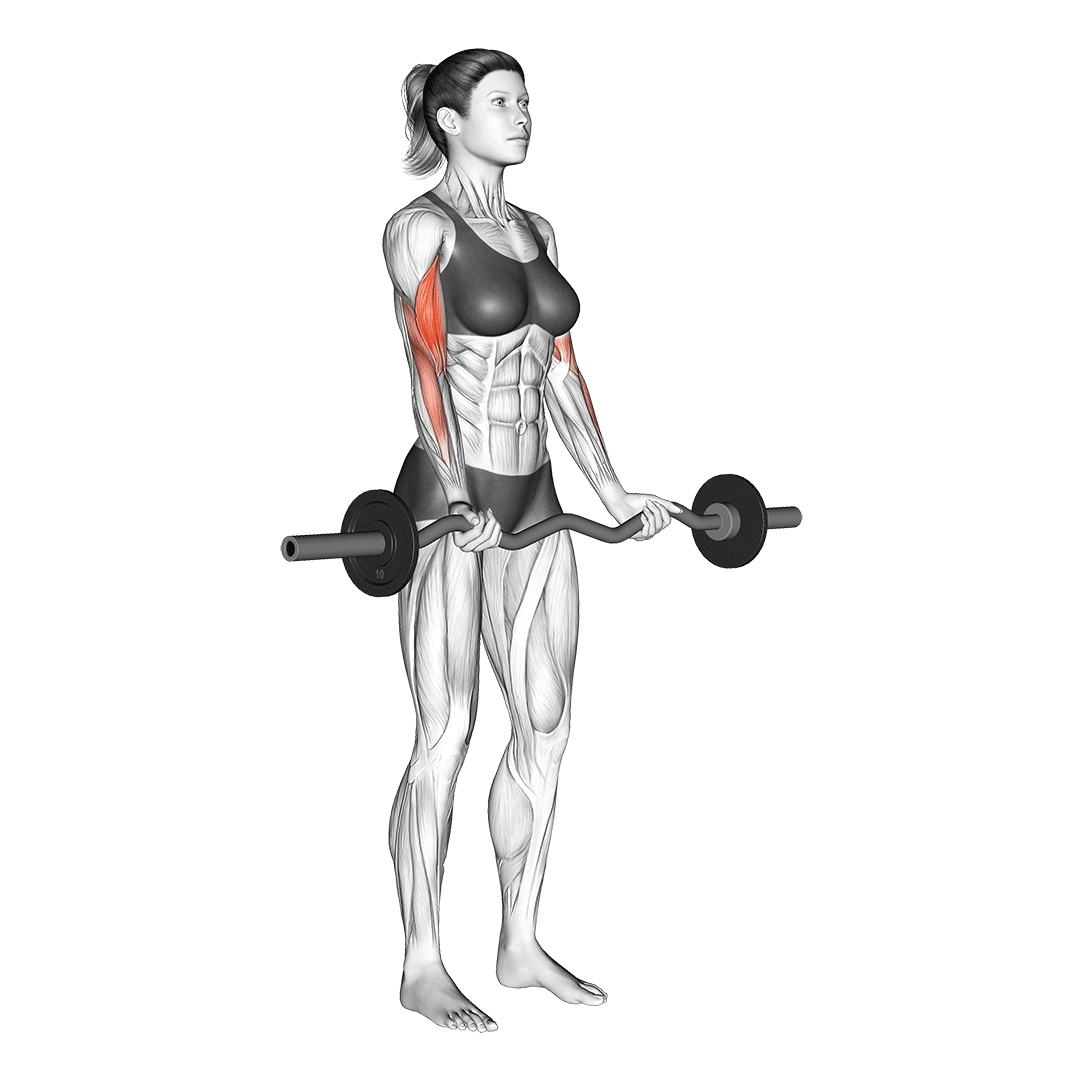
- Use an EZ curl bar with an angled grip.
- Perform curls as usual.
Bonus: Reduces wrist strain while still loading the biceps effectively.
Also Read: 12 Best Bodyweight Adductor Exercises To Sculpt Your Inner Thighs
8. Barbell 21s
Target: Full biceps activation
How to Do It:
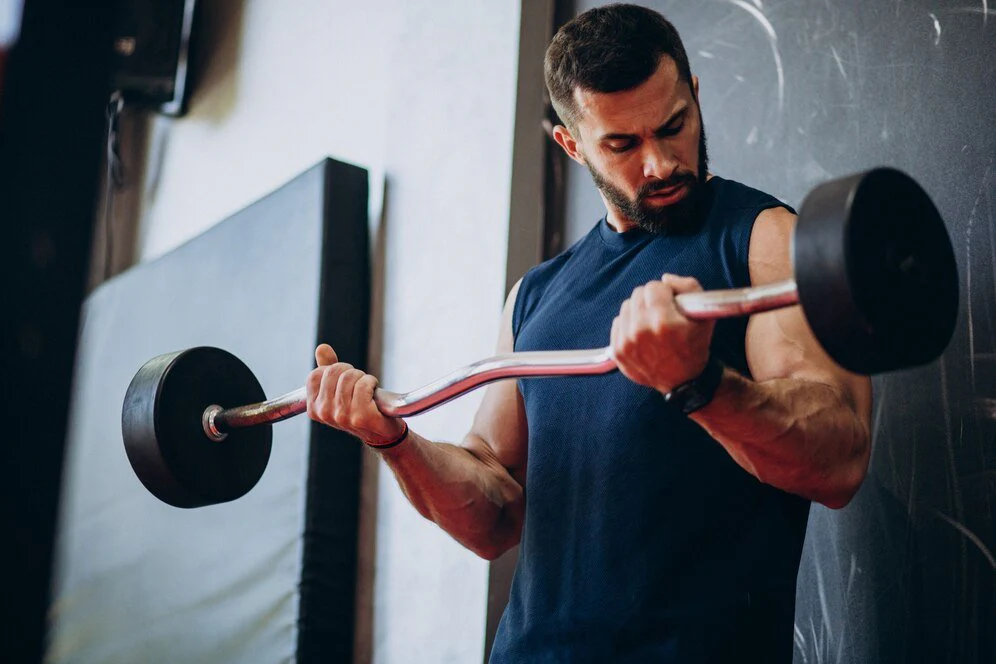
- 7 half reps from bottom to mid-range
- 7 half reps from mid to top
- 7 full-range curls
Why It Works: Intense blood flow and endurance training = crazy pump and growth.
9. Incline Barbell Curl (Seated)
Target: Long head stretch
How to Do It:
- Sit back on an incline bench.
- Let arms hang behind the body and curl.
Interesting Fact: Stretching the biceps under load stimulates more muscle fiber recruitment.
10. Spider Curl (Barbell Variation)
Target: Bicep peak under tension
How to Do It:
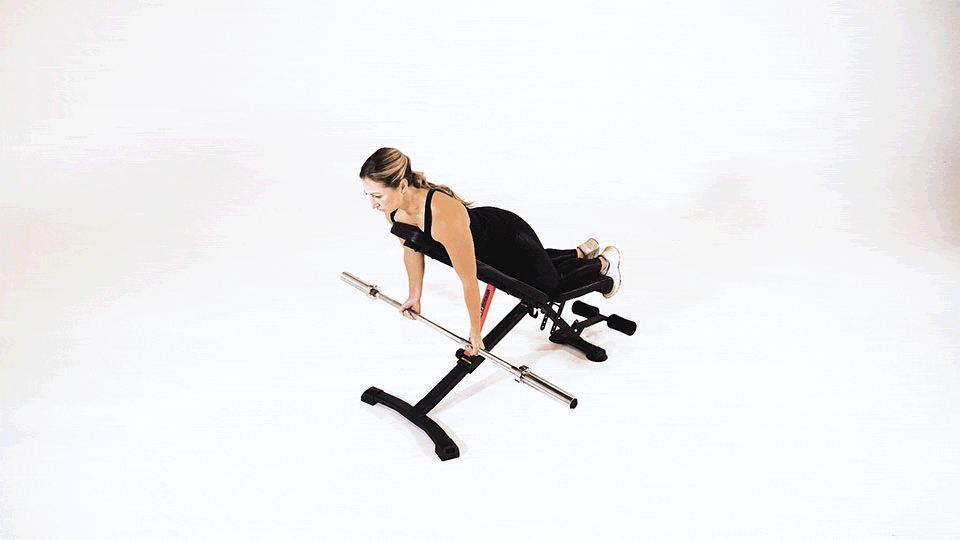
- Lie on an incline bench face down, bar hanging below.
- Curl up while keeping your upper arms perpendicular to the floor.
Why Use It: Constant tension with minimal momentum = sharp peak isolation.
Also Read: 13 Bodyweight Trapezius Exercises to Build Strong, Broader Back
11. Barbell Concentration Curl (Standing)
Target: Bicep isolation
How to Do It:
- Bend over slightly, and rest one elbow on the thigh or knee.
- Curl with the barbell held by one hand (or short bar).
Unique Variation: Though uncommon, this barbell tweak mimics dumbbell concentration curls for deep contraction.
12. Barbell Cheat Curl (Controlled Momentum)
Target: Overload biceps
How to Do It:
- Use slightly heavier weight.
- Use controlled momentum to lift, and strict slow negative to lower.
Warning: Not for beginners. Use sparingly to break strength plateaus.
13. Landmine Barbell Curl
Target: Functional biceps and stability
How to Do It:
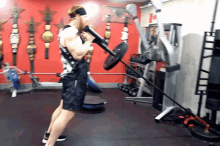
- Set one end of the barbell in a landmine attachment or corner.
- Curl with both hands in a close grip.
Benefit: Trains biceps with stability demands, great for sports-focused lifters.
Also Read: 15 Bodyweight Glute Exercises to Sculpt a Peachy Booty
Myth Busted:
“You need multiple machines to build great biceps.”
Truth: A simple barbell can deliver mass, definition, and symmetry when used with variety and intention — just like the list above.
Final Tips to Maximize Your Barbell Bicep Training
- Warm up properly to prevent elbow and tendon strain.
- Stick to 3–4 sets per movement with 8–12 reps for hypertrophy.
- Prioritize mind-muscle connection — don’t just lift, feel.
- Rotate between these variations weekly for continuous adaptation.
- Always pair your bicep training with pulling-back workouts for balance.
Final Word
Barbell bicep training is more than curls — it’s an art. Whether you’re chasing size, shape, or sheer strength, these 13 exercises give you the roadmap to turn pipe cleaners into power-packed pythons.
So next time you grab that barbell, don’t just curl — command it.
Frequently Asked Questions (FAQs)
How many barbell bicep exercises should I do in one workout?
Stick to 2–4 barbell bicep variations per session. Overtraining the biceps can lead to fatigue or injury since they’re also involved in back and pulling exercises.
How often should I train biceps with barbell exercises?
Aim for 1–2 sessions per week, depending on your overall split. Ensure at least 48 hours between sessions for proper recovery and growth.
Are barbell curls better than dumbbell curls?
Both are effective. Barbell curls allow heavier loading and bilateral symmetry, while dumbbells offer more range of motion and muscle isolation. Combine both for optimal results.
Can I build big biceps with just a barbell?
Absolutely. A barbell and smart variation selection (like the 13 exercises above) can help you build massive, well-defined biceps — no fancy machines required.
What grip builds the bicep peak?
Close-grip barbell curls and drag curls emphasize the long head of the biceps, which contributes most to the visible peak.
Why do my wrists hurt during barbell curls?
A straight bar can put pressure on your wrists. Try switching to an EZ curl bar or warming up with wrist mobility exercises to reduce strain.
What’s the best barbell bicep exercise for beginners?
Start with the classic barbell curl to build strength, control, and technique. Once comfortable, gradually explore other variations.
How much weight should I use for barbell bicep workouts?
Use a weight that allows 8–12 reps with good form. If you can’t complete the reps without swinging, the weight is likely too heavy.
Is it okay to use momentum during curls?
Only when intentionally doing “cheat curls” as a technique to overload. For most exercises, keep your form strict to truly isolate the biceps.
Do barbell curls train forearms too?
Yes, especially reverse curls and close-grip variations — they engage the brachialis and forearm flexors along with the biceps.
